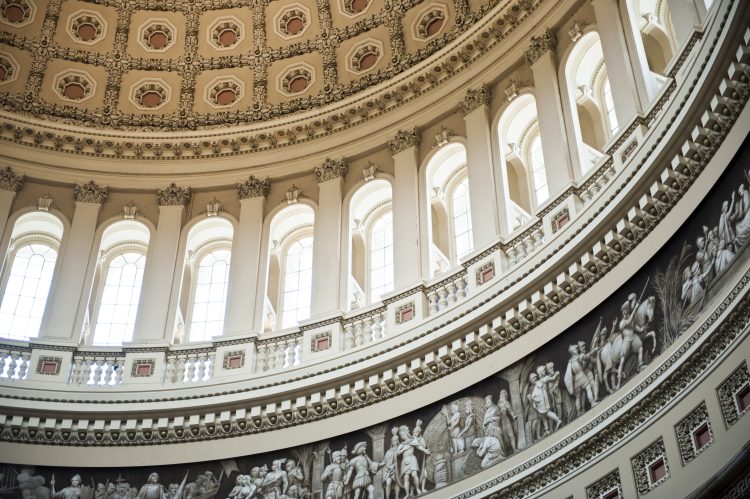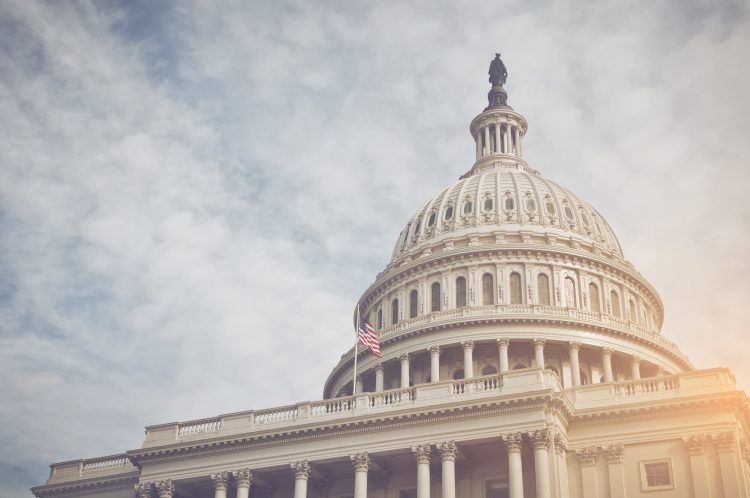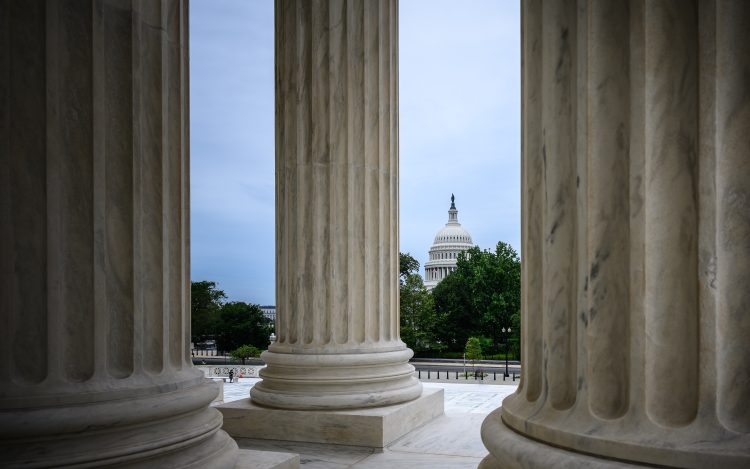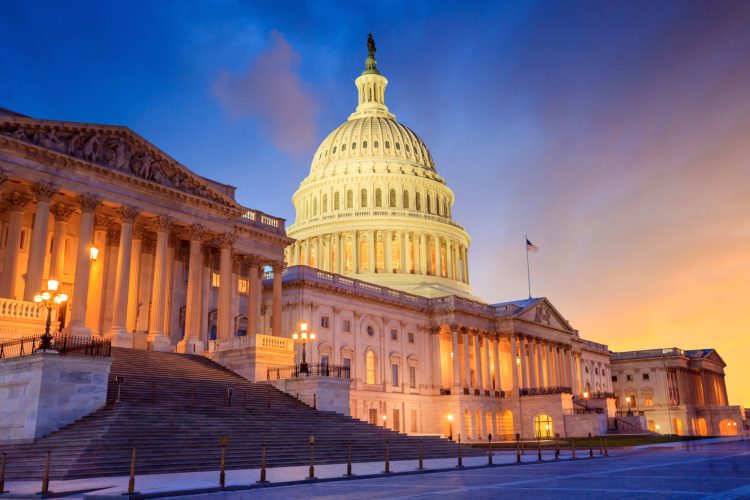This week on Facing the Future, we focus on healthcare costs and inflation, two factors that have an enormous impact on the federal budget and our national debt. In the first part of the program, we spoke to friend of the show Richard Jackson, President of the Global Aging Institute (GAI), about a new paper he recently authored entitled “Three Myths About Health Care Reform.” The paper is the latest in a series of issue briefs called The Shape of Things to Come put together by GAI and The Concord Coalition. Concord Coalition Communications Director Av Harris joined me for the discussion.
In the second part of the program, the Coalition’s Policy Director Tori Gorman and I spoke with our Chief Economist Steve Robinson about his new issue brief exploring the budgetary risk of rising inflation, and what tools federal policymakers have available to stem the tide of rising costs.
Jackson began by explaining that federal healthcare spending, primarily for Medicare and Medicaid, is the driving force behind the long-term budget deficit projections. He pointed out that over the next 30 years, federal spending on healthcare is projected to grow by more than 4% of theGross Domestic Product (GDP), far outpacing increasing costs of Social Security. “Given the looming fiscal crunch,” Jackson observed, “it might be an opportunistic time to revisit some of the myths which have bedeviled and derailed the healthcare policy debate and prevented us from getting a handle on federal health benefit spending.”
Jackson says three major myths cloud the debate over reforming the system and blocking an honest conversation that can lead to controlling costs.
“The first myth is that you can control healthcare spending and federal health benefit spending without anybody having to give anything up simply by eliminating waste and inefficiency,” Jackson says. “The second related myth is that you can prove the first myth by looking at other countries with national health systems [which] spend a lot less than we do, but have better health outcomes. The third myth is that you can’t fix the federal cost problem until you have national healthcare reform that controls costs in both the private sector and public sector. Healthcare is going to eat the budget but you can’t do anything about it until you fix an even bigger problem.”
Jackson says while it is true that the healthcare system is “swimming in waste and inefficiency,” there is really no way to rein in costs without there being significant trade offs for consumers that might limit or reprioritize the availability of expensive treatments, diagnostic tests, or medicines like countries with national health systems do. Those countries set a top line budget for healthcare and enforce cost control measures by imposing limits on the availability of some treatments for some individuals based on the availability of resources. This would require an enormous culture shift in expectations of the American healthcare consumer. As the single largest consumer of American healthcare spending – responsible for 35% of all healthcare payments in the marketplace – Jackson says there is also no reason why the federal government cannot begin imposing its own cost controls now, independent of comprehensive reform efforts.
In the second segment of our program, Policy Director Tori Gorman and Chief Economist Steve Robinson discussed the federal budgetary risk he sees in the Federal Reserve’s plan to address rising inflation.
“From a purely budget perspective, inflation will increase spending on cost of living adjustments, but inflation will increase incomes and therefore increase tax revenue. So the net effect on the budget from Inflation is roughly neutral. The higher revenue and higher spending roughly offset each other,” said Robinson. “But where inflation causes a potential problem beyond that is with respect to the federal deficit. Historically, when inflation goes up, interest rates go up. Given the size of the federal budget, the federal deficit and the federal debt, you get a significant increase in the cost of borrowing. The current federal debt held by the public is over $20 trillion. So if interest rates go up by 1%, that’s over $200 billion in extra borrowing costs.”
As the Fed employs interest rate hikes to curb inflation, Robinson notes that that policy has not been implemented in the past without leading to a recession.
Hear more on Facing the Future. I host the program each week on WKXL in Concord N.H., and it is also available via podcast. Join me and my guests as we discuss issues relating to national fiscal policy with budget experts, industry leaders, and elected officials. Past broadcasts are available here. You can subscribe to the podcast on Spotify, Pandora, iTunes, Google Podcasts, Stitcher, or with an RSS feed. Follow Facing the Future on Facebook, and watch videos from past episodes on The Concord Coalition YouTube channel.
Continue Reading










